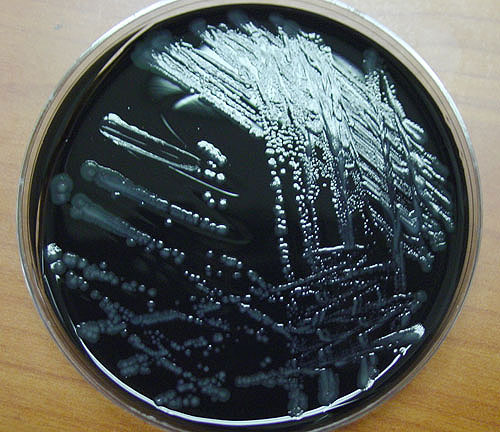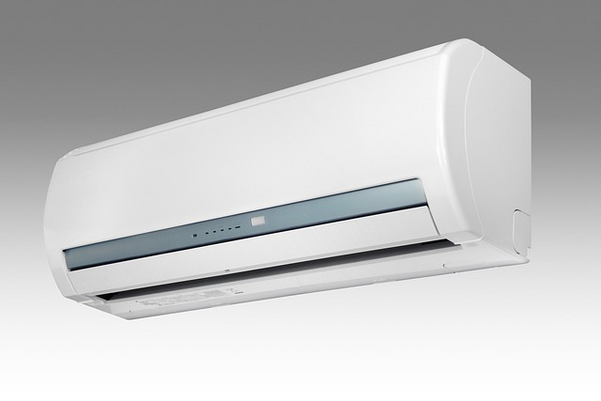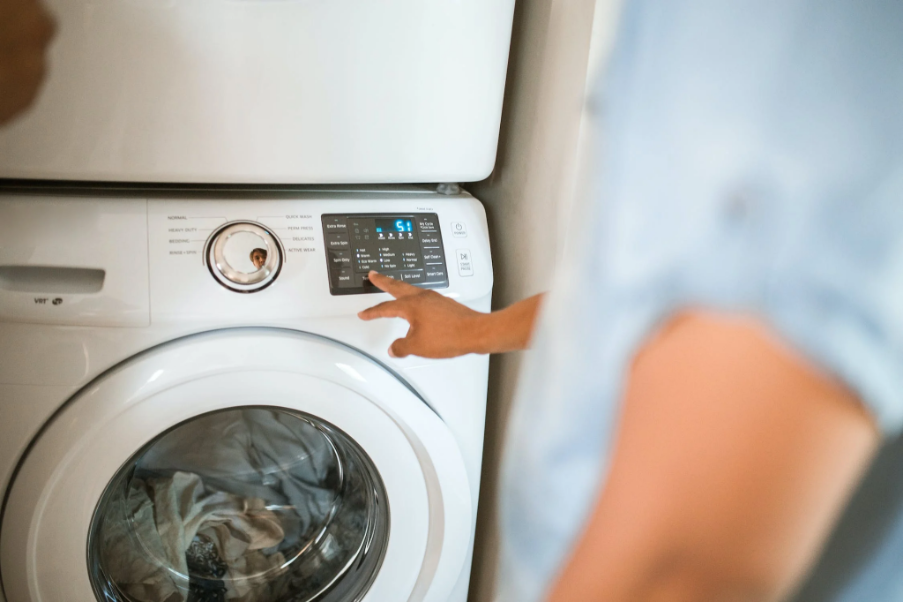In the first of our ‘A Landlords Guide to…’ series, we look at the ‘invisible killer’ you could find lurking in your lettings, Legionella. This intrusive, bacterial disease poses the newest threat to tenants by colonising the most vital system in the home, the water supply. Check out our guide on the disease, how it affects your property, how to carry out a risk assessment and what to do if you suspect your home is being damaged by Legionella.
What is Legionella?
Legionella is the collective term for 3 bacterial based diseases, including Pontiac fever, Lochgolihead fever and the most fatal of the group, Legionnaire’s disease. The illness acquired its name following the outbreak of a ‘mystery virus’ at the American Legion in 1976, an association of US military veterans, with 221 of them taken ill and 34 deaths as a result of the outbreak. Legionnaire’s disease is very similar to pneumonia and can be fatal to those who are susceptible to its infection. It can be contracted when water droplets, known as aerosols, are inhaled with only 5% of those exposed to it actually falling ill. Aerosols themselves contain the actual bacterium. 5% of patients may seem like a small number, but it can have serious health consequences for those who are affected. The mortality rate of Legionella is sadly 1 in every 5 people who contract the disease. Men tend to be more at risk to the illness than women by 3:1, with middle aged to elderly people the most likely to catch it due to a suppressed immune system. Symptoms of Legionella include a flu-like illness, muscles aches, tiredness, headaches, dry cough etc. (Source: NHS Lothian)
How does it affect my property?
Legionella bacteria thrives in water source areas such as lakes but can also be found in dampened areas of the home, including hot and cold water systems, condensers and humidifiers. If the main water supply is connected to a contaminated source, the entire water system as well as the equipment that make up its components could potentially be affected by it. Stored or recirculated water tends to be at particular risk to Legionella. The bacteria can survive at low temperatures, around 25 to 40 degrees, meaning the bacterium can survive and grow at room temperature. It is the RESPONSIBILTY OF THE LANDLORD to ensure that tenants are not at risk of contracting Legionella by assuring that all parts of the home are safe and unexposed to dampened areas, this includes all rooms in the home, not just the bathroom, kitchen or rooms where running water is available. Under the L8 Approved Code of Practice, republished in November 2013, it is the sole responsibility of the landlord to control Legionella risks in their properties. It applies to “the property where water is used or stored with the foreseeable risk to occupants being exposed to Legionella bacteria” (Paragraph 22). Regular Legionella tests should be recorded to act as reference for any future checks and to ensure that the property is looked after accordingly.
How can I get rid of it?
If you are concerned that your property has the potential risk of exposing its occupants to Legionella bacteria, you must carry out a risk assessment to ensure that the property is safe and to control the sources of the risk. The assessment can be carried out by yourself or you can contact consultancies to assist with the procedure should it be required. The first part of the assessment is to identify which areas of the property may be exposed to Legionella. This includes;
- Areas where the water is stored at between 20 to 45 degrees celcius
- Areas where the water is recirculated in the system
- Areas where there are sources of nutrients for the bacteria such as rust, limescale, sludge, biofilms etc.
- Areas where water droplets can be produced and areas where they can be dispersed such as showers, windows, humidifiers etc.
- Ensure that the temperature of the water in your hot & cold system is outside the growth temperatures by using a temperature monitor
Once inspected, you will need to assess what your options are for preventing the spread of Legionella i.e replacing a wet cooling tower with a dry cooling tower or ensuring water cannot stagnate in the system by removing old pipework. Testing for Legionella should be a periodical assessment, particularly when there is a change of tenant or if a vulnerable tenant will be spending a significant amount of time at the property.
Which services provide Legionella removal?
There are a number of independent consultancies who can assist with the risk assessment and removal of Legionella bacteria. Hydrop provide a complete water and hygiene treatment service including an on-site water system risk assessment to identify the key areas in the home which are exposed to bacterial amplification and transmission. They also provide a number of training sessions and seminars on Legionella Risk Management, if you are looking to undertake the assessment yourself. The accredited course will provide you with an awareness and evaluation session, where you will learn more about the bacteria and how best to prevent it from coming back in to the home. Similarly, B&V Water Treatment provide a thorough and professional water treatment service to ensure that your home or your workplace is not subject to the threat of Legionella.
What 3 tips can you give us to remove Legionella from my letting?
Our friends over at Hydrop have a mantra they abide to – keep Legionella management simple. When talking about water, there are 3 key rules: Keep it clean – keep it moving – keep it at the right temperature.
Mike Koumi, Managing Partner at Hydrop, says “Keep the water clean to remove nutrients that would support bacterial growth. Next, keep the water moving to avoid stagnation that would allow biofilm to proliferate. And lastly, but by no means least, keep it at the right temperature, i.e keep the cold cold and the hot hot, to ensure that the temperature of the water does not fall within the temperature bands that would support bacterial growth and proliferation.”
Stick to these three simple rules to ensure minimisation of risk!
How can I prevent it from coming back?
Unfortunately, the task of completely eradicating Legionella from your home isn’t entirely possible. Instead, it is best to maintain and control any outbursts of the bacteria by ensuring simple steps are taken to monitor the water quality and flow throughout the home. It is best to check your water flow regularly to ensure all systems are working correctly. It is recommended that Legionella risk assessments should be undertaken every two years. It is also sensible to consider carrying out a one-off risk assessment if you make any changes to your water systems, such as new pipework, or if you suspect that there may be an outbreak of Legionella in the property.
It is also sensible to be aware of any new information, legislation or guidance issued on Legionella, as it may have an impact on your responsibilities as a landlord.
We will be periodically updating this blog post to reflect any new legislation that will effect you and your properties, so check back with us every once in a while to make sure you are fully compliant and up to date.






 POSTED BY
POSTED BY 

